What ants teach us about collaboration
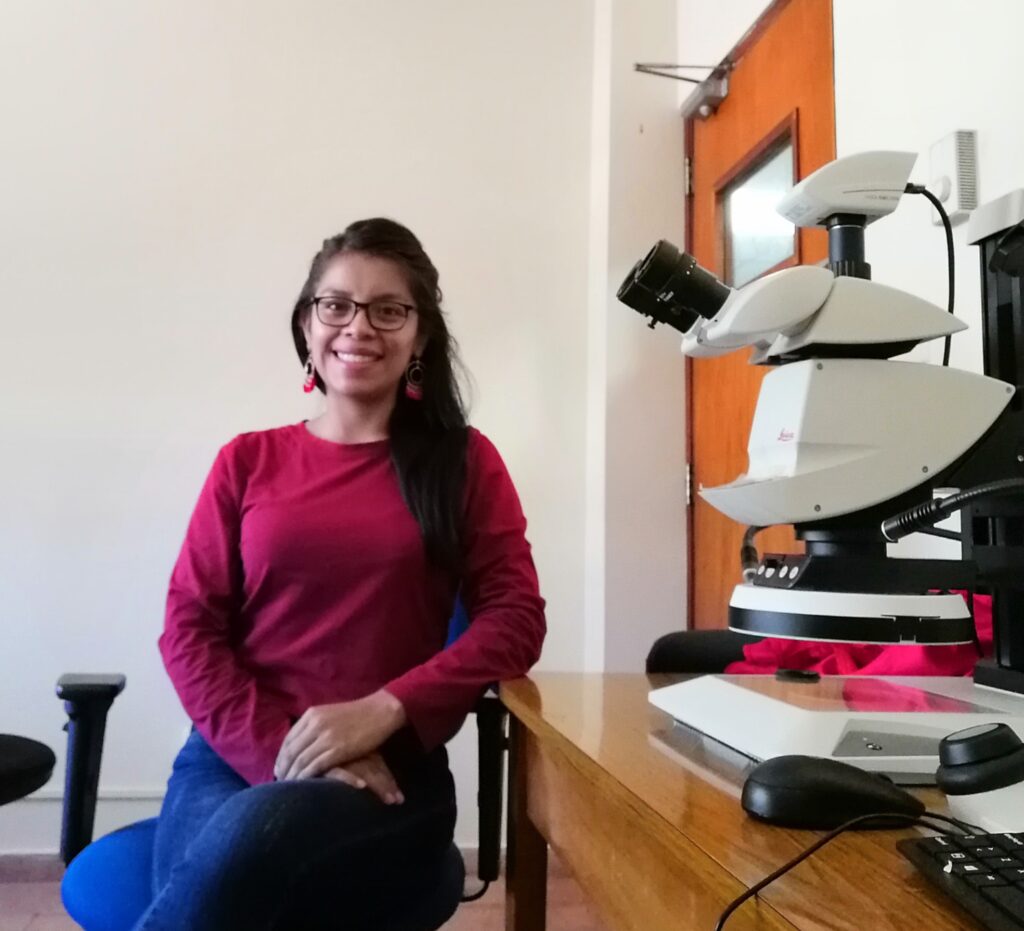
In the recent study “Who is working on ant physiology? There is room to improve international collaborations” by Virola-V et al.* published in Myrmecological News, the authors review the recent literature on ant physiology, and they specifically focused on scientific colonialism – where credit and reward are not given to local scientists from developing nations while scientists from wealthier nations travel for research. By investigating the frequency of studies and collaborations across countries during 2015 – 2019, Virola-V et al. found that the largest proportion of studies was done in Europe and North America, and nearly one-third of the countries that served as sampling sites were not represented in authorship. Moreover, they focused on the visibility of studies: The probability that a study reaches the public sphere and the number of citations increases with the journal impact factor (IF). High-IF journals, however, often have high Article Processing Charges, which can impede publications of institutions in low- and middle-income countries. Here, first author Brenda Sofía Virola-V answers some questions.
* Brenda Sofía Virola-V, Jeancarlos Abrego, Dilma Castillo, Eleodoro Bonilla & Dumas Gálvez
An Interview compiled by Roberta Gibson, Patrick Krapf, and Alice Laciny

MNB: Could you tell us a bit about yourself?
BSVV: I am 28 years old, and I am a Master’s student in Entomology at the University of Panama. I am currently working on my thesis work.
MNB: Could you briefly outline the research you published in Myrmecol. News in layman’s terms?
BSVV: The research was based on a literature review of articles on ant physiology, published between 2015 and 2019; and obtained through Web of Science™. We investigated the frequency of studies and collaborations between countries, which simultaneously allowed us to estimate the most studied taxa. With the data, we answered questions such as which countries publish the most on ant physiology, which countries were the most frequent places to collect ants and the number of collaborations between sampling and publishing countries.
By adding the per-capita-Gross Domestic Product (GDP), we tested whether there was some evidence of scientific colonialism in ant physiology research, in terms of scientific publications. Through the number of collaborations between countries with different GDP values, we found that most countries with low or middle GDP are more affected by scientific colonialism and are finding it more difficult to increase their scientific productivity. Scientific colonialism historically means Western science relying on the knowledge and exploitation of colonized peoples, without benefits for the latter. In our study, we quantified it as the number of authorship.
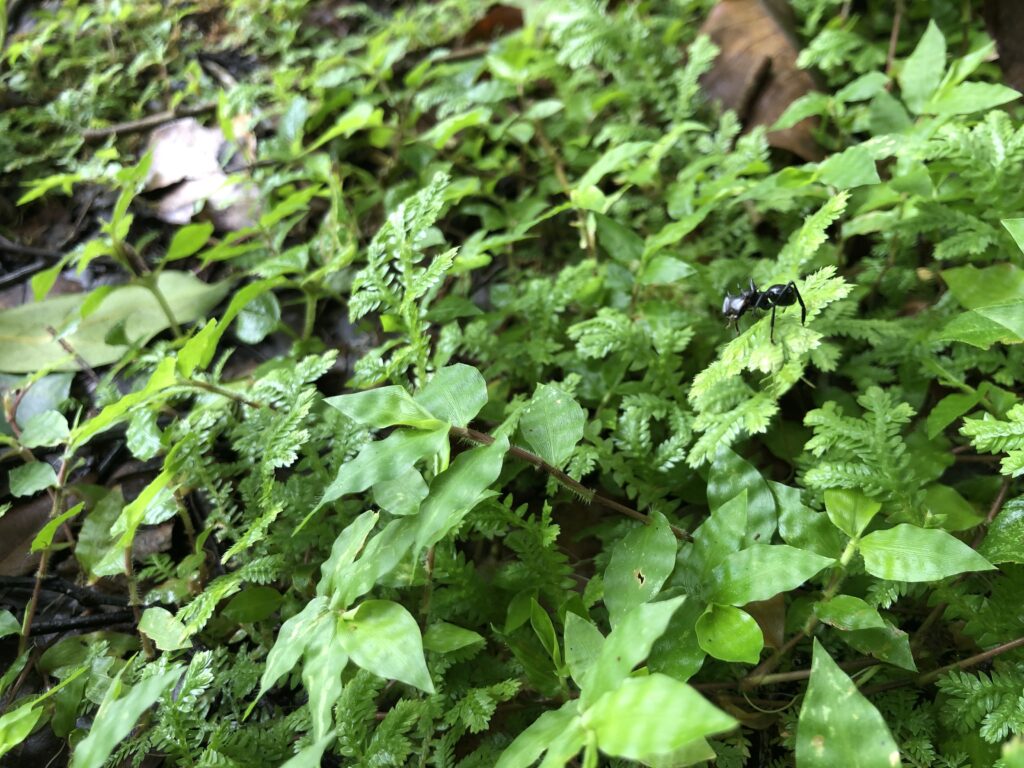
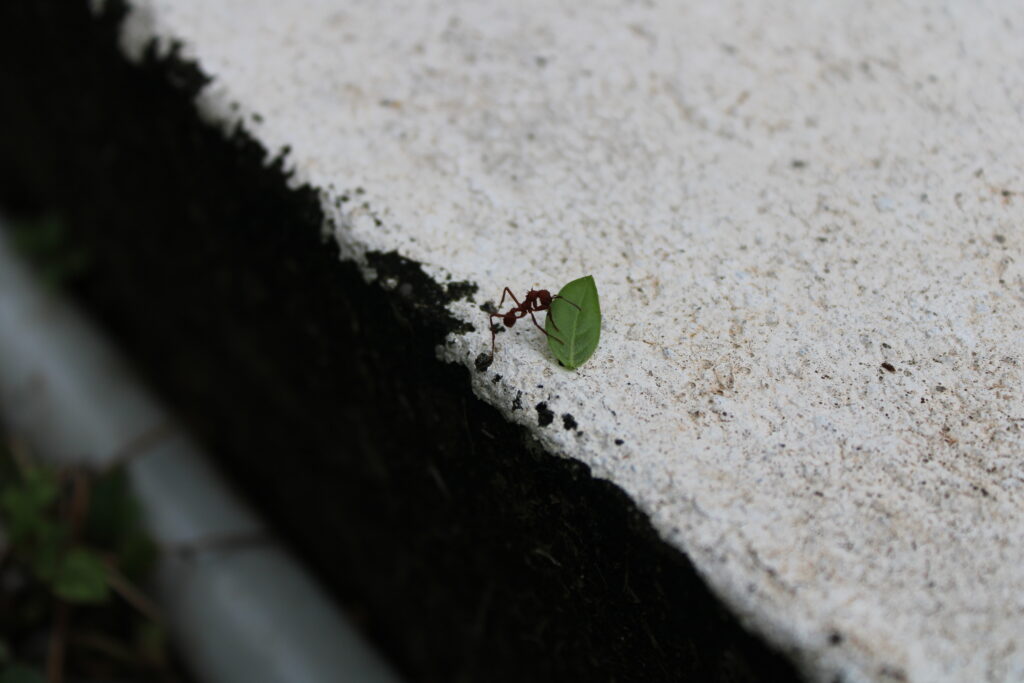
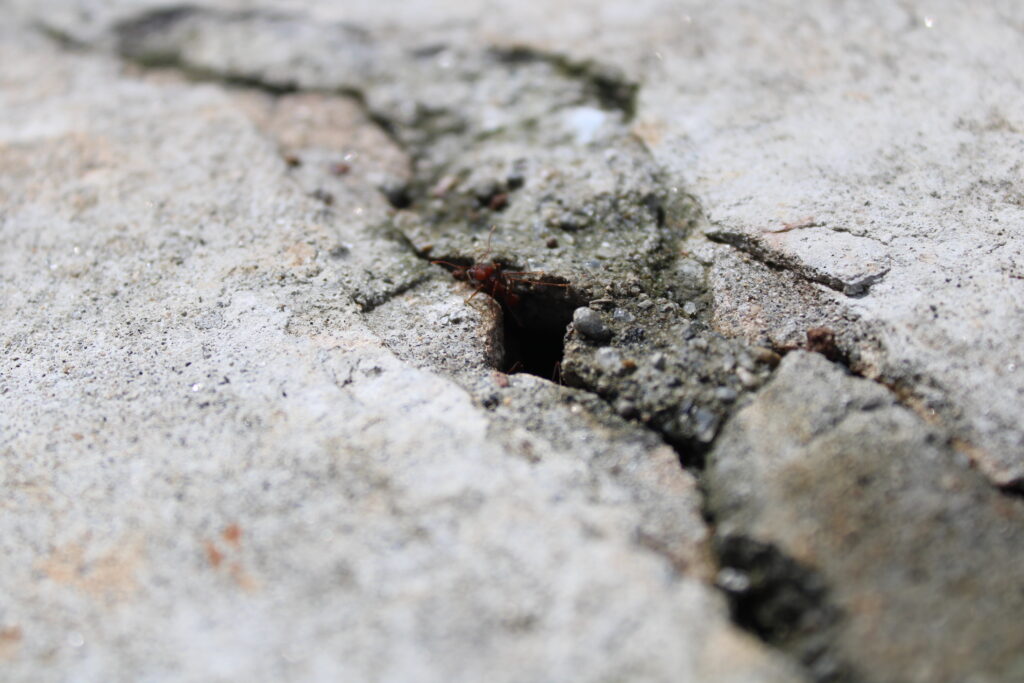
MNB: What is the take-home message of your work?
BSVV: Much research is still needed in the field of ant physiology because most of the ant species have not been investigated, possibly providing the window for a vast number of discoveries. For this, research in countries with fewer resources (and the richest in taxa) is imperative but keeping the good practice of international collaborations.
MNB: What was your motivation for this study?
BSVV: This study resulted as a research project for our course ‘Social Insects’ taught by Dumas Gálvez in the Entomology masters’ at the University of Panama, during the beginning of the COVID pandemic, when fieldwork was not allowed in Panama. The professor provided the initial ideas and guidance, and we developed it as teamwork. Since ants play an important role in ecosystems worldwide and the observed trends of scientific colonialism in other fields (Titley et al., 2017), we wanted to investigate whether sampling of ants in less wealthy countries followed the same trends of dominance in authorship by wealthy countries.
MNB: What was the biggest obstacle you had to overcome in this project?
BSVV: If I had done the work individually, it would undoubtedly have been very difficult to publish in your journal. One obstacle, for example, would have been to write the article in English, but one of the members of the group (DG) has experience in publishing, so this made it easier to get the article published. In addition, all members of the team helped in the selection of the articles to be included in the review, which minimized the development time of the study, which would have been quite hard work if it had been done by only one person.
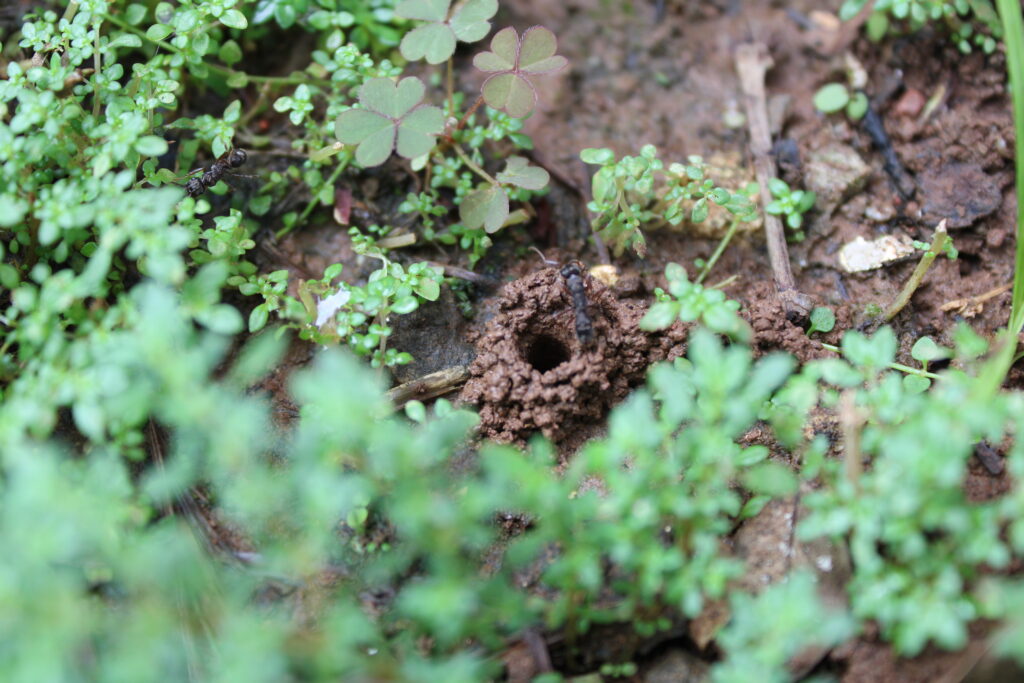
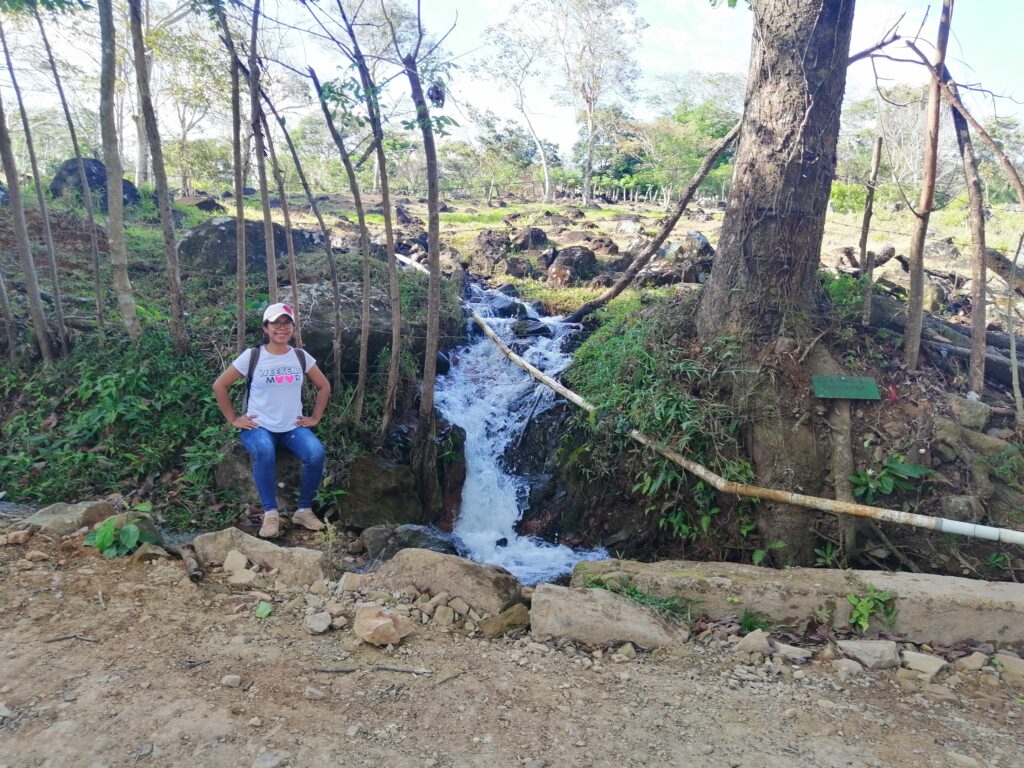
MNB: Do you have any tips for others who are interested in doing related research?
BSVV: Surround yourself with people with the same spirit to work as a team and move the research forward. Besides, in that team, there should be people with different skills in the field, laboratory, and data analysis. On the other hand, insects in general, not just ants, are relatively easy organisms to manipulate for any experiment, so you just have to be motivated to do some research.
MNB: Where do you see the future for this particular field of ant research?
BSVV: Insects, and especially ants, are abundant and diverse, so this will facilitate increased research not only in physiology but also in behavior. I believe that in the coming years, research in this field should increase, and we should also see an increase in collaborations.
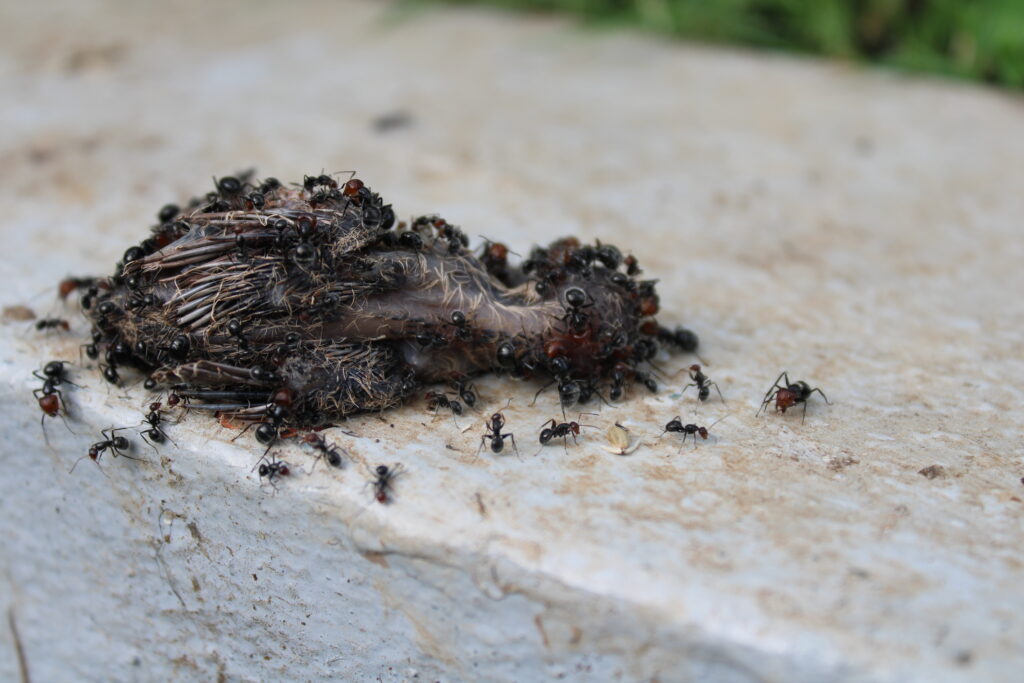
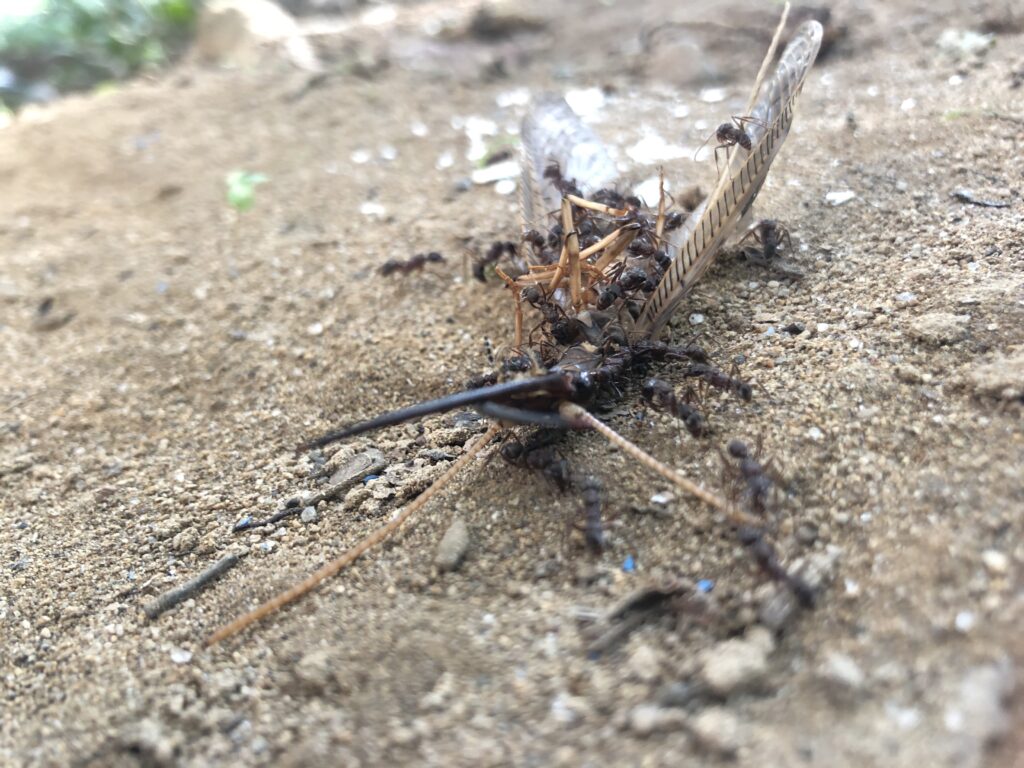
References
Titley, M.A., Snaddon, J.L. & Turner, E.C. 2017: Scientific research on animal biodiversity is systematically biased towards vertebrates and temperate regions. – PloS ONE 12: e0189577.


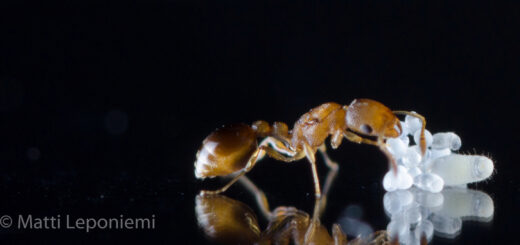
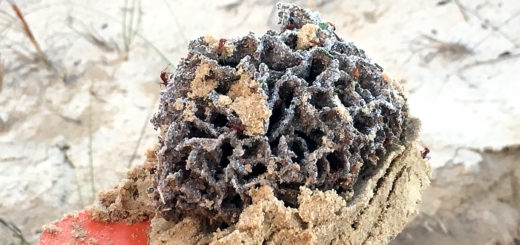
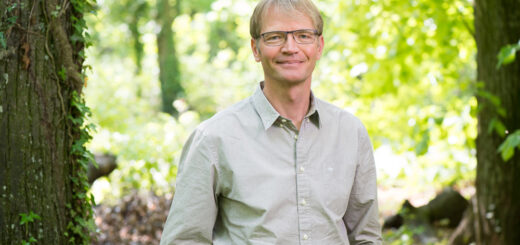
Recent Comments